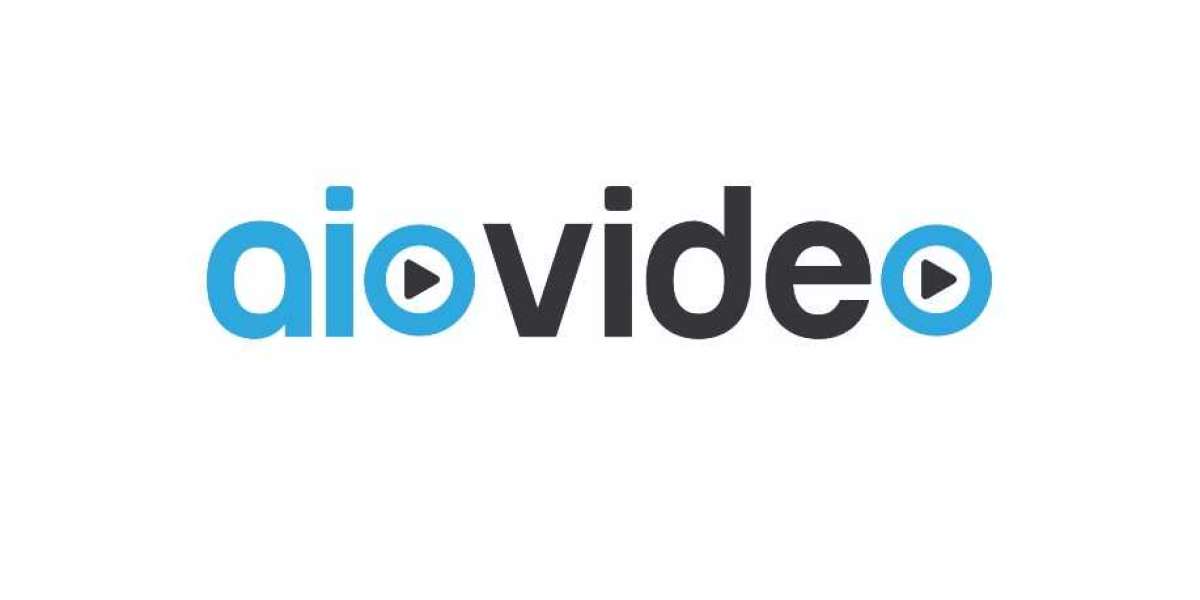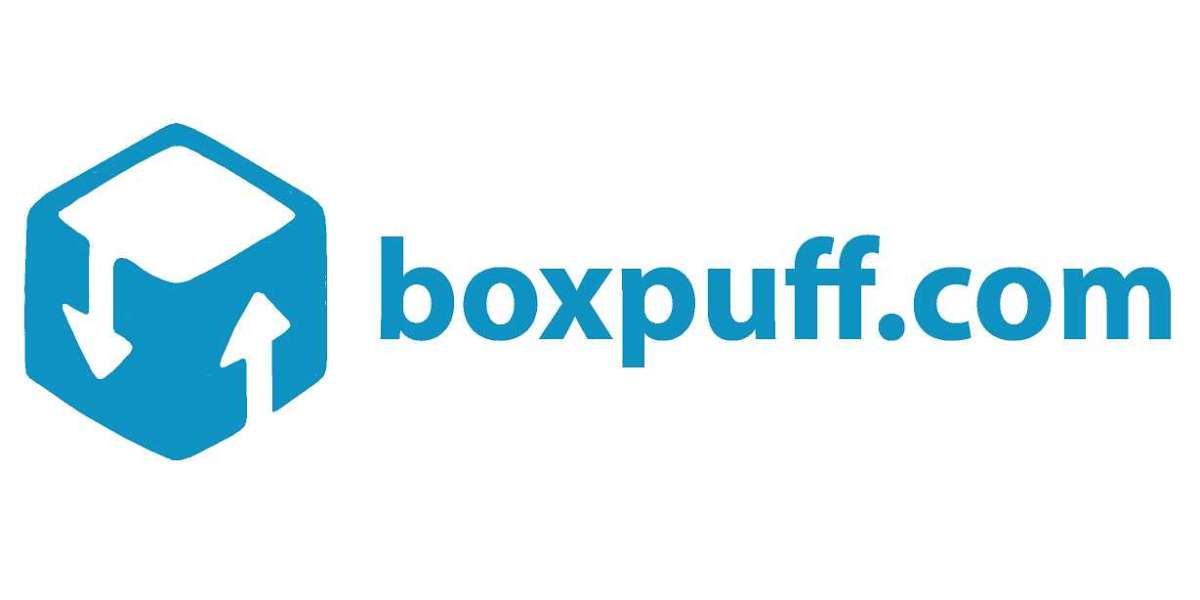Introduction
Patient portal development has emerged as a game-changer in the healthcare landscape, offering a digital gateway to revolutionize patient-provider interactions. In this article, we delve into the intricacies of patient portal development, exploring its importance, key features, benefits, and the evolving landscape.
Overview of Patient Portal Development
Patient portal development involves creating secure online platforms that facilitate seamless communication between patients and healthcare providers. These portals go beyond appointment scheduling, providing a centralized hub for medical records, test results, and personalized health information.
Enhancing Healthcare Accessibility
Patient portals play a pivotal role in enhancing healthcare accessibility. By offering 24/7 access to medical information, patients can actively engage in managing their health. This empowerment fosters a proactive approach to well-being.
User-Friendly Interfaces and Secure Access
A hallmark of effective patient portal development is the integration of user-friendly interfaces with robust security measures. Ensuring secure access to sensitive health data is paramount, instilling trust among users.
Patient Portal Development Process
From conceptualization to implementation, the patient portal development process is multifaceted. It involves collaboration between healthcare professionals, IT experts, and user experience designers to create a seamless and intuitive platform.
Benefits for Healthcare Providers
Patient portals streamline workflows for healthcare providers, offering efficient appointment management and reducing administrative burdens. The integration of electronic health records (EHRs) enhances the accuracy and accessibility of patient data.
Empowering Individuals with Health Information
Patients benefit from increased engagement and empowerment. Access to their health records, lab results, and treatment plans fosters informed decision-making and active participation in their healthcare journey.
Security Measures
Ensuring the confidentiality of patient data is a top priority in portal development. Robust security measures, including encryption and authentication protocols, safeguard sensitive information from unauthorized access.
Future Trends
The future of patient portal development involves advanced technologies such as artificial intelligence (AI) for personalized healthcare experiences. Predictive analytics and smart features are set to redefine patient engagement.
Case Studies
Real-world examples showcase the success of patient portal implementations. Institutions witnessing improved patient satisfaction, efficient communication, and streamlined processes highlight the transformative impact.
Challenges and Solutions
Addressing challenges in patient portal development, such as user adoption and data security concerns, requires innovative solutions. A proactive approach to overcoming hurdles ensures the sustained success of these platforms.
Patient Portal Development vs EHR
Distinguishing patient portals from electronic health records (EHRs) is crucial. While EHRs focus on clinical data, patient portals prioritize empowering patients with access to their health information.
Integrating Telehealth
The integration of telehealth services within patient portals enhances virtual connections between patients and providers. This evolution aligns with the growing trend of remote healthcare access.
Success Metrics
Evaluating the impact of patient portals involves assessing key success metrics. Improved patient outcomes, enhanced communication, and increased patient engagement stand out as measurable indicators.
Patient Engagement
Strategies to boost patient engagement include personalized health content, interactive features, and proactive communication. Active user participation is essential for the success of patient portals.
Regulatory Compliance
Navigating legal and ethical considerations is integral to patient portal development. Adherence to healthcare regulations ensures patient privacy and compliance with industry standards.
Mobile Accessibility
Optimizing patient portals for mobile use is essential in our digitally connected world. Mobile accessibility ensures that users can conveniently access their health information on the go.
FAQs
What is patient portal development? Patient portal development involves creating secure online platforms facilitating seamless communication between patients and healthcare providers.
How does it enhance healthcare accessibility? Patient portals offer 24/7 access to medical information, empowering patients to actively manage their health.
What security measures are in place? Robust measures like encryption and authentication protocols ensure the confidentiality of patient data.
How does it differ from electronic health records (EHR)? Patient portals prioritize empowering patients with access to their health information, while EHRs focus on clinical data.
Can patient portals integrate telehealth services? Yes, integrating telehealth services within patient portals enhances virtual patient-provider connections.
What are key success metrics for patient portals? Improved patient outcomes, enhanced communication, and increased patient engagement are key success indicators.
Conclusion
Patient portal development marks a transformative phase in healthcare, fostering improved communication, patient engagement, and streamlined processes. As we navigate the evolving landscape, the positive impact of patient portals on healthcare delivery is undeniable.








